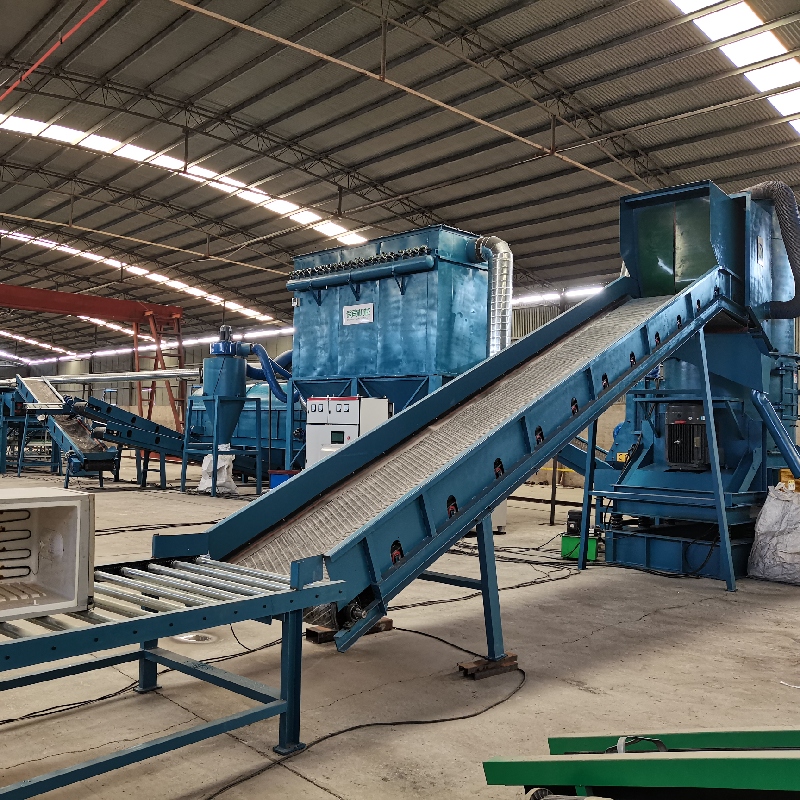

Aug . 31, 2024 04:05 Back to list
How Metals are Sorted in Recycling Plants
Recycling has become an essential part of modern waste management, and metal recycling is a significant focus due to its economic and environmental benefits. In recycling plants, the process of sorting metals is intricate and relies on various advanced techniques. This article explores the methods employed to efficiently separate ferrous and non-ferrous metals, ensuring that valuable materials are recovered and reintroduced into the production cycle.
The sorting process begins with the collection of mixed metal waste from various sources, including industrial processes, consumer products, and construction debris. Once the metal waste reaches the recycling plant, it undergoes a series of pre-processing steps. Large pieces of metal are first shredded into smaller sizes, which facilitates easier handling and sorting. This shredding process also helps to remove contaminants like plastics and rubber that may be mixed with the metals.
One of the primary methods used for sorting metals is magnetic separation. Ferrous metals, such as iron and steel, possess magnetic properties. Using powerful magnetic separators, these metals can be easily extracted from the mix. This technique not only increases the efficiency of metal recovery but also minimizes the risk of contamination with non-ferrous metals.

Following magnetic separation, non-ferrous metals such as aluminum, copper, and zinc must be sorted using additional methods. Eddy current separators are particularly effective for this task. These machines utilize a rapidly changing magnetic field to induce an electric current in non-ferrous metals, causing them to be propelled away from non-metallic materials. This allows for a clean separation of valuable metals which can then be further processed and sold.
Another advanced technique used in sorting metals is optical sorting. Cameras and sensors are employed to identify and separate different types of metals based on their color, shape, and reflectivity. This method is particularly useful for sorting aluminum cans from other materials, ensuring that the recycling process is as efficient as possible.
In the final stages of the recycling process, the sorted metals are compressed into bales for easy transportation and storage. These bales are then sent to smelting facilities, where they are melted down and reformed into new products. The recycling of metals not only conserves natural resources but also significantly reduces energy consumption and greenhouse gas emissions compared to producing new metals from raw materials.
In conclusion, the sorting of metals in recycling plants is a sophisticated process that employs various technologies to ensure maximum recovery of valuable materials. Through methods like magnetic separation, eddy current separation, and optical sorting, recycling plants play a crucial role in promoting sustainability and reducing waste in our environment.
Latest news
Troubleshooting Common Eddy Separator Problems
NewsJul.04,2025
The Role of Metal Recycling Plants in Circular Economy
NewsJul.04,2025
The Impact of Recycling Line Pickers on Waste Management Costs
NewsJul.04,2025
Safety Features Every Metal Shredder Should Have
NewsJul.04,2025
How Industrial Shredders Improve Waste Management Systems
NewsJul.04,2025
How Cable Granulators Contribute to Sustainable Recycling
NewsJul.04,2025